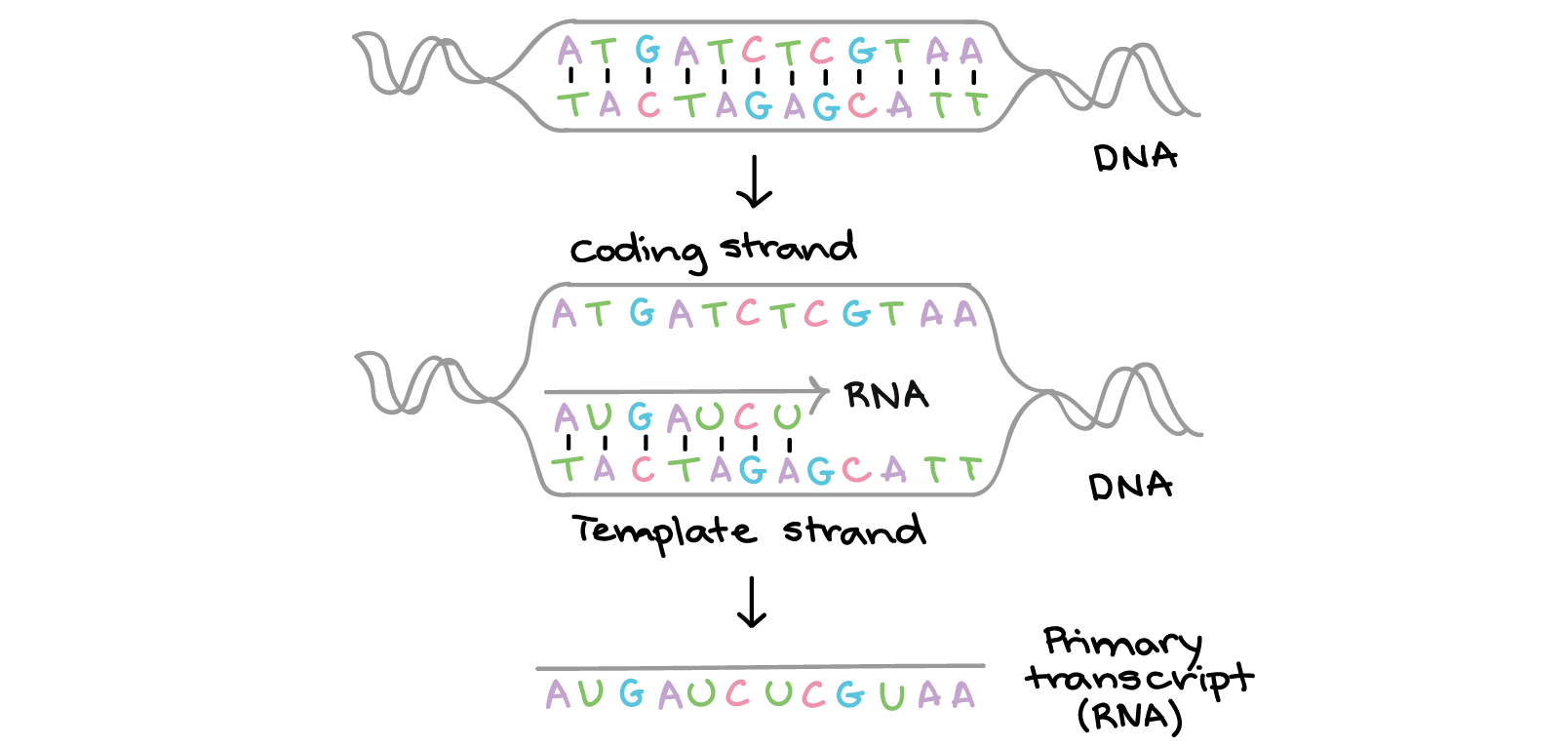

In summary, our results demonstrate that the sequence of vaccination is critical to direct desired immune responses. Transcriptome analysis revealed that the heterologous prime-boost groups had differentially activated immune response pathways, according to the order of immunization. After the viral challenge, the R-P group showed lower virus loads and less inflammation in the lungs than the P-R group did. The results demonstrated higher IgG2a levels and hemagglutination inhibition titers in the mRNA-HA priming/protein-HA boosting (R-P) regimen than those induced by reverse immunization (protein-HA priming/mRNA-HA boosting, P-R). We developed a new mRNA vaccine encoding the hemagglutinin (HA) glycoprotein of the influenza virus using the 3′-UTR and 5′-UTR of muscle cells (mRNA-HA) and tested its efficacy by heterologous immunization with an HA protein vaccine (protein-HA). Here, we aimed to analyze whether the immunization order of vaccine types influences the efficacy of heterologous prime-boost vaccination, especially mRNA and protein-based vaccines.

This has unintentionally created a unique scenario where heterologous prime-boost vaccination against a single virus has been administered to a large human population. In response to the COVID-19 pandemic, different types of vaccines, such as inactive, live-attenuated, messenger RNA (mRNA), and protein subunit, have been developed against SARS-CoV-2.


 0 kommentar(er)
0 kommentar(er)
